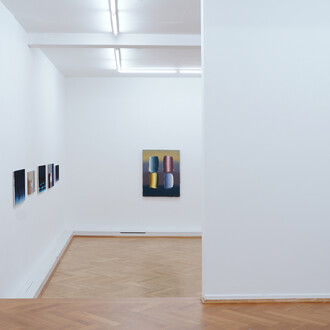After the Museum für Asiatische Kunst in Berlin and the Museum für ostasiatische Kunst in Cologne, the East Asian Collection of the MKG is the third most important collection of its kind in Germany.
The collection is comprised of 13,000 objects, including rich examples of Japanese coloured woodcuts, which are particularly remarkable. They include famous prints by great masters of woodcuts, illustrated books and colour stencils. The collection of sword décor is exceptional, and one of the best of its kind outside Japan. Furthermore, principal lacquered works dating from the 15th to 19th centuries are also among the collection. 380 ceramic dishes used in the traditional tea ceremony, as well as woven baskets with multiple signatures from Japan are noteworthy. In the 1950s, important Chinese works such as bronzes for rituals, tomb ceramics, significant paintings and coloured woodcuts were added to the collection.
Korean art was also Collected from the beginning, albeit in a smaller quantity. Since the 1960s, the MKG actively collects examples of Japanese painting, modern calligraphy and Buddhist sculpture. In 1976, The Urasenke Foundation from Kyōto, Japan, kindly donated a teahouse. A priceless contribution came in 1996, with Jan Philipp Reemtsma’s (*1952) collection of 300 Chinese artifacts. Dr. Gierok’s donation of 100 Chinese cloisonné-works in 2001 added greatly to the MKG’s collection, as well. In 2007, two further exceptional collections of East-Asian artworks were added: Gerhard Schack (1929-2007) bequeathed 3,000 Japanese ink drawings, paintings and woodcuts to the MKG, while Harold A. Hartog (1910-2007) left 90 Chinese ceramics – mostly imperial blue-and-white porcelain of the 15th century, as well as exquisite pieces from the 18th century – to the museum.
Since then, the MKG has a unique collection of Imperial porcelain from China. In the last few years, works by contemporary Chinese artists including Ai Weiwei and East Asian sculptures have been added to the collection.
















